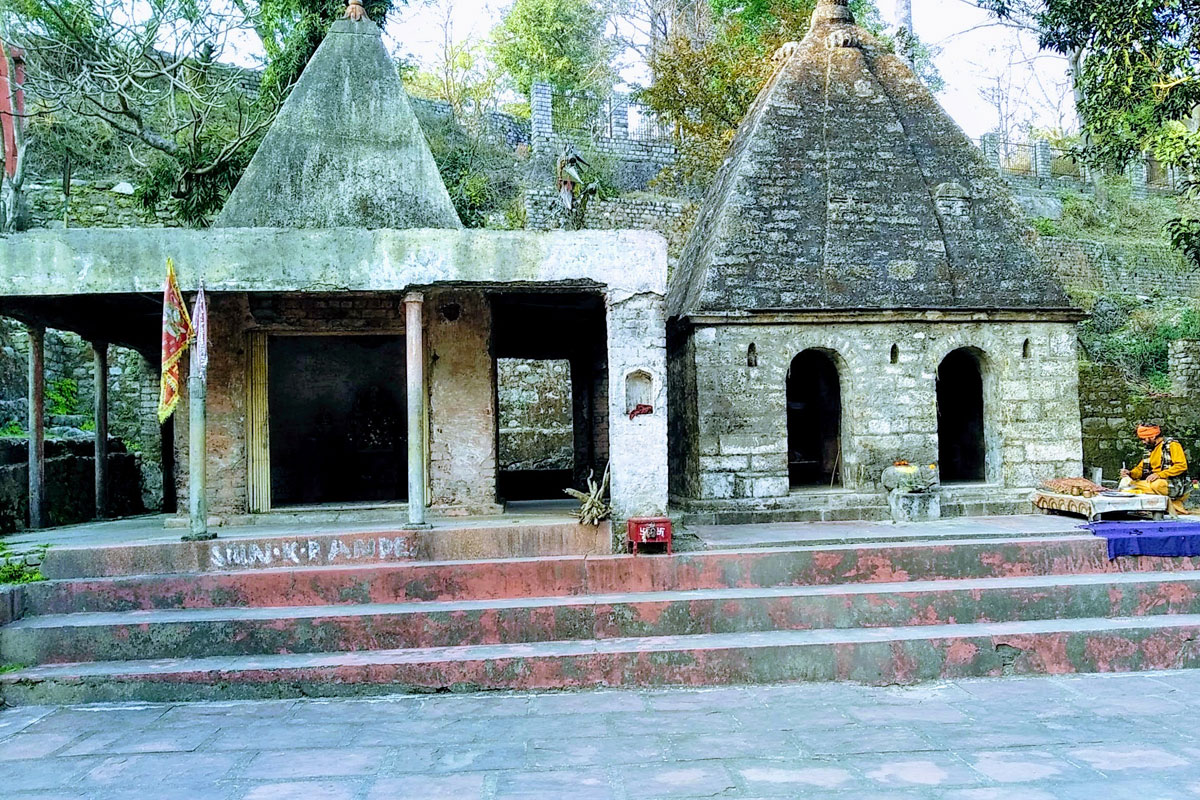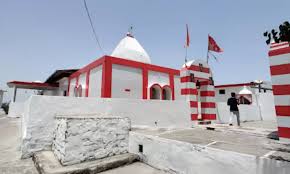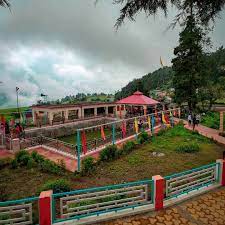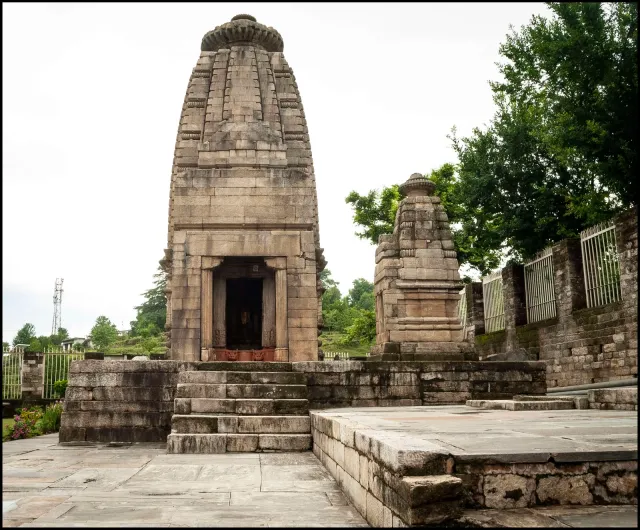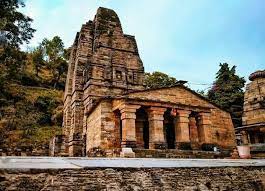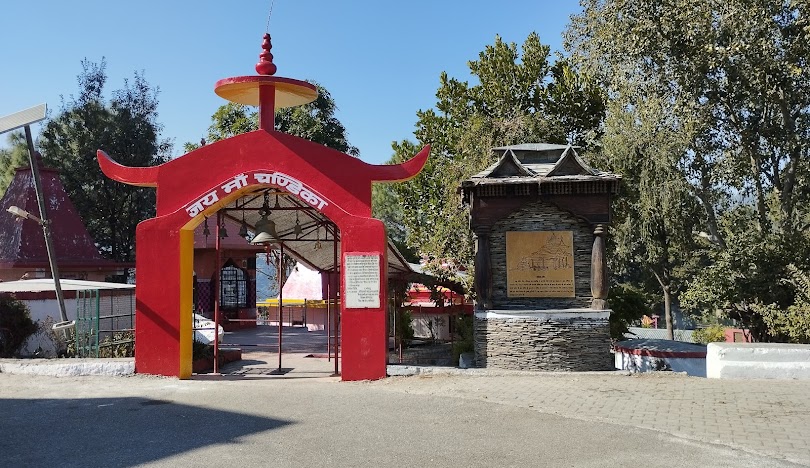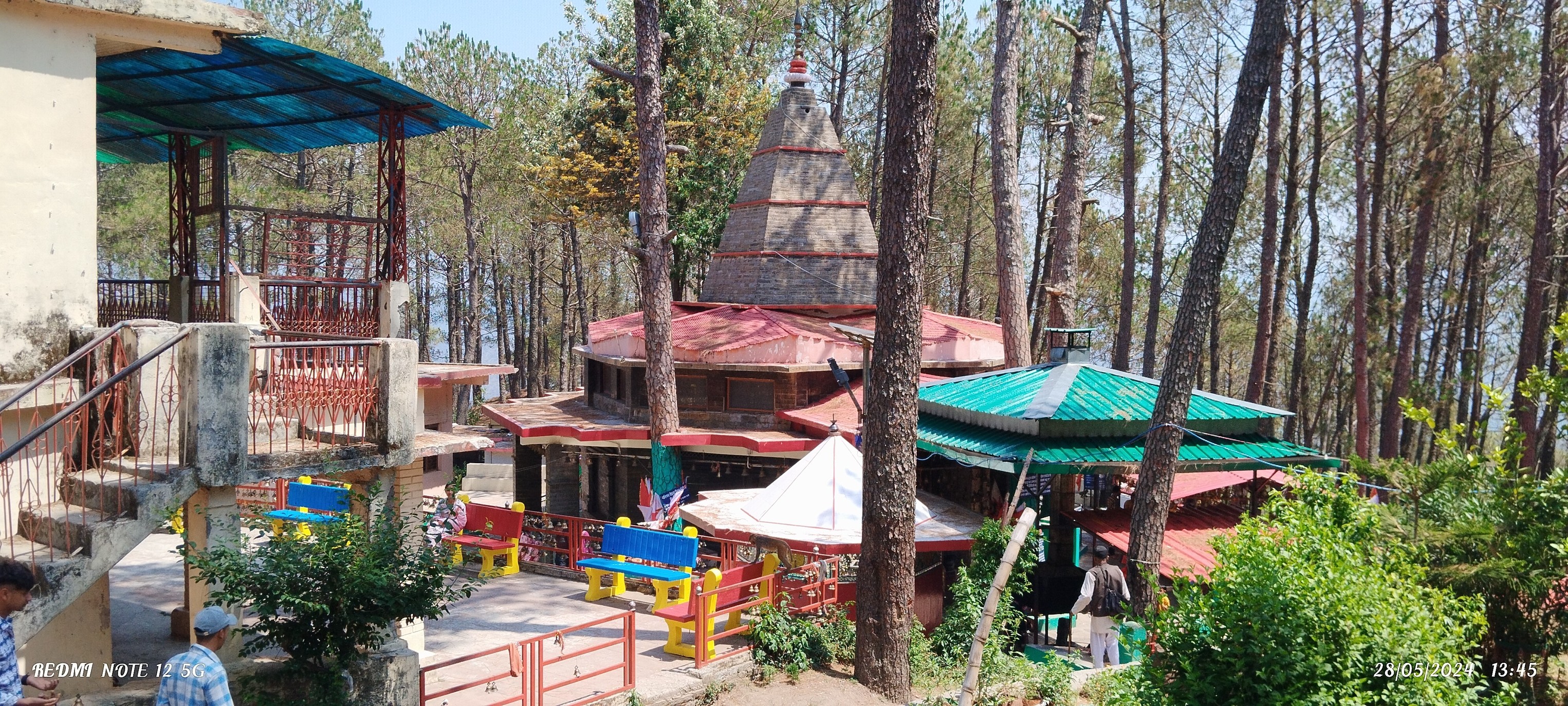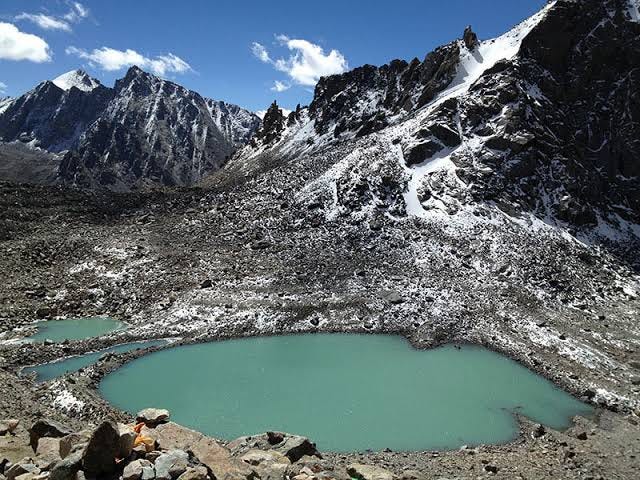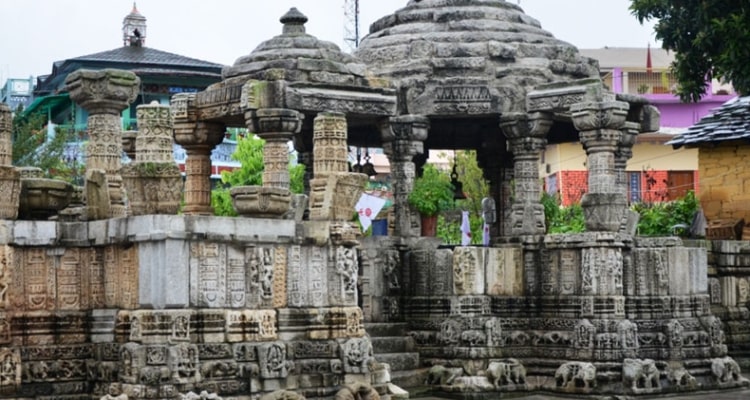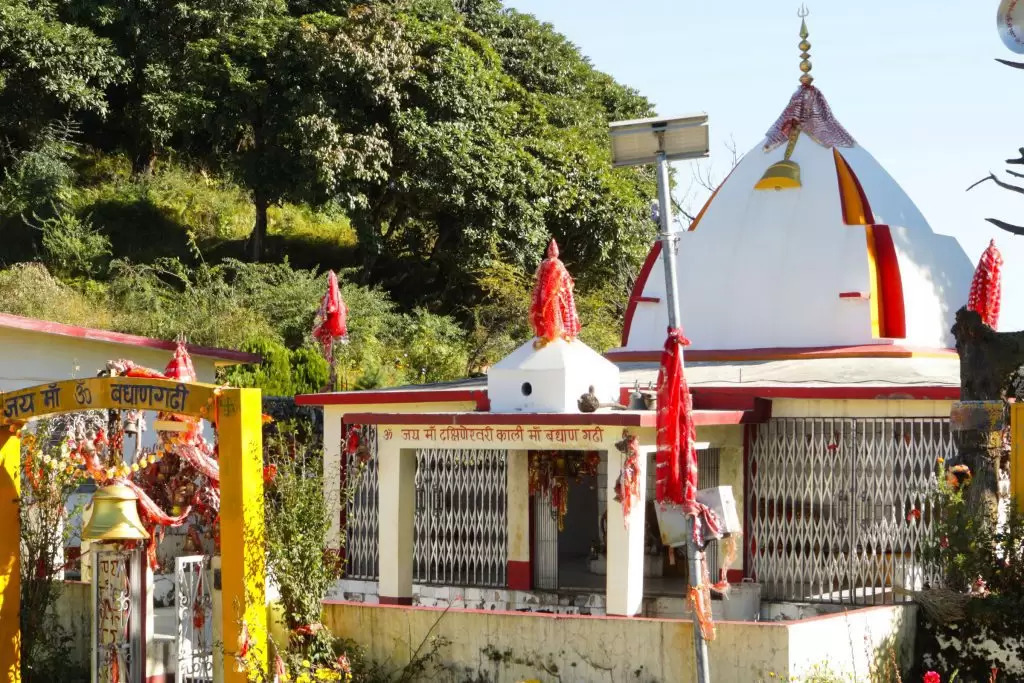I arrived in Ramnagar early in the morning. Air sharp. Mist clinging low to bamboo, sal, peepal trees. The road winding out of town toward Corbett seemed quiet. Then I turned into the Sitabani Forest zone. Suddenly, birdsong exploded. The forest breathed. Somewhere hidden in that green, Sitabani Temple was waiting.
You walk or ride a jeep through narrow forest paths. Light shimmers through leaves. Occasionally, you cross streamlets. The ground is soft, sometimes muddy, the scent of earth high. The deeper you go, the more your world shrinks to green, damp wood, and the insistence of something older than time.
The Legend of Sitabani
Locals believe this small temple is tied to the Ramayana (रामायण). They say that Goddess Sita (सीता), after her trial by fire, after exile, spent some time in this forest, meditating and wandering the trees. Some say the spot where she entered earth (अग्निपरीक्षा के बाद) is nearby. That idea gives Sitabani a quiet reverence, like you are stepping into not just nature but a story.
The temple is dedicated to Goddess Sita but also to Lord Shiva (महादेव), in that old way where gods and goddesses share space. Devotion here is soft, not loud. Fewer rituals, more feeling.
The Temple & Its Setting
The temple is small, modest, made of stone and simple wood. A small shrine covered with flags, flowers, and incense is burning. Not many rooms. Mostly forest around it. The trees lean in. Leaves rustle. Sunbeams flicker on stone floors.
The forest around Sitavani is special. It is part of Corbett’s fringe, where jungle rules but human stories linger. The Sitabani Forest Reserve is not under the strict Corbett Tiger Reserve rules, so the forest feels freer. There are shallow streamlets flowing through, patches where sunlight bursts like gold. The cooling shade in midday feels sacred.
What the Walk Feels Like
You leave the temple for a while to walk in forest trails. Underfoot, broken leaves, small stones. Light changes dappled green, sudden shafts of sun. A tiger’s call or maybe just a deer’s. Birds you can’t name. Butterflies that drift. The smell of wet moss, of wood smoke far off, of damp soil.
At times, you hear a water stream crossing. Sometimes rustling, maybe an animal, maybe just wind. The forest is alive. Not loud. Alive.
Devotion That Doesn’t Need Crowd
Sitabani doesn’t fill up like big temples during the festival. But those who come carry something.
A priest lights the lamp with care. Devotees bring फूल (flowers) and offer small प्रसाद (prasad). Some chant softly “राम-राम”, some “ॐ नमः शिवाय”. Some do nothing but sit, eyes closed, leaning on stone walls, letting forest wind touch their skin.
The bell rings. A diya’s flame flutters. Someone ties a red thread to a tree. Someone else writes a wish on a small leaf and tosses it into a stream. The acts are small, but their weight is felt.
When Forest & Festival Merge
During Ramanavami (रामनवमी), the temple gets more visitors. People come walking from nearby villages. Maybe someone comes with a family, someone else solo. They bring sweets, red cloth, and incense sticks. They climb up the forest path together. The forest watches them every footstep, every chant.
At dawn, temples glow gold. Lamps dance in the dimness. Shadows stretch. Birds start, cows low in distance. The forest circle of life feels immediate.
Outside festival times, early morning is best. Birds, quiet, dew. Evening also when the sun dips, the forest hushes, the temple glows under the lamplight, and the crickets start.
How to Get There & What to Carry
- It is about 27-30 km from Ramnagar by forest road. The Sitabani Forest region is available by using a car; sooner or later, you may need to walk short distances.
- The nearest essential station is Ramnagar Railway Station (रामनगर रेल स्टेशन); the nearest airport is Dehradun (or Pantnagar) if coming by air.
- Best months: October-November and March-June. Avoid heavy monsoon rains, which make trails slippery. Winter mornings are bloodless.
- Carry water, snacks, mosquito repellent, accurate walking footwear, and a scarf if coming early or late.
- Respect wooded area rules: no plastic, maintain noise low, follow signboards. The forest is fragile.
What You Carry Back
Sometimes what you carry back isn’t a souvenir. It is a feeling.
The crack of dawn, when the first rays wing through leaves. The low hum of chant mixes with birdcalls. The touch of two cool stones, the temple floor under your palm. The smell of moss and flame. The moment you cross a stream, water splashes on your hand.
You leave quietly. Your heart is slower, maybe. The world feels bigger and softer.
Why Sitabani Speaks
Because this temple doesn’t shout, it whispers.
Because legend and nature mix here in quiet. Because you don’t need fancy gold or marble to feel sacred. A forest trail, a simple shrine, and belief enough to carry feet up a hill.
Because mythology feels alive here not just read from books but rooted in the earth. When you believe someone once walked in exile, you walk with them.
Because in that walk, you remember something you often forget.
Closing
As the sun sets in Sitabani, lamp light falls across the stone, shadows stretch, and the forest exhales. The air cools. The forest hush deepens.
You walk back to Ramnagar slowly. Feet dusty. Heart full. Voice quiet from too few words, too much seeing.
Sitabani Temple (सिटाबनी मंदिर) isn’t grand. It doesn’t need grandeur. It holds space. It holds a myth. It holds you.
If you go, go with heart. Let the forest green your soul.

